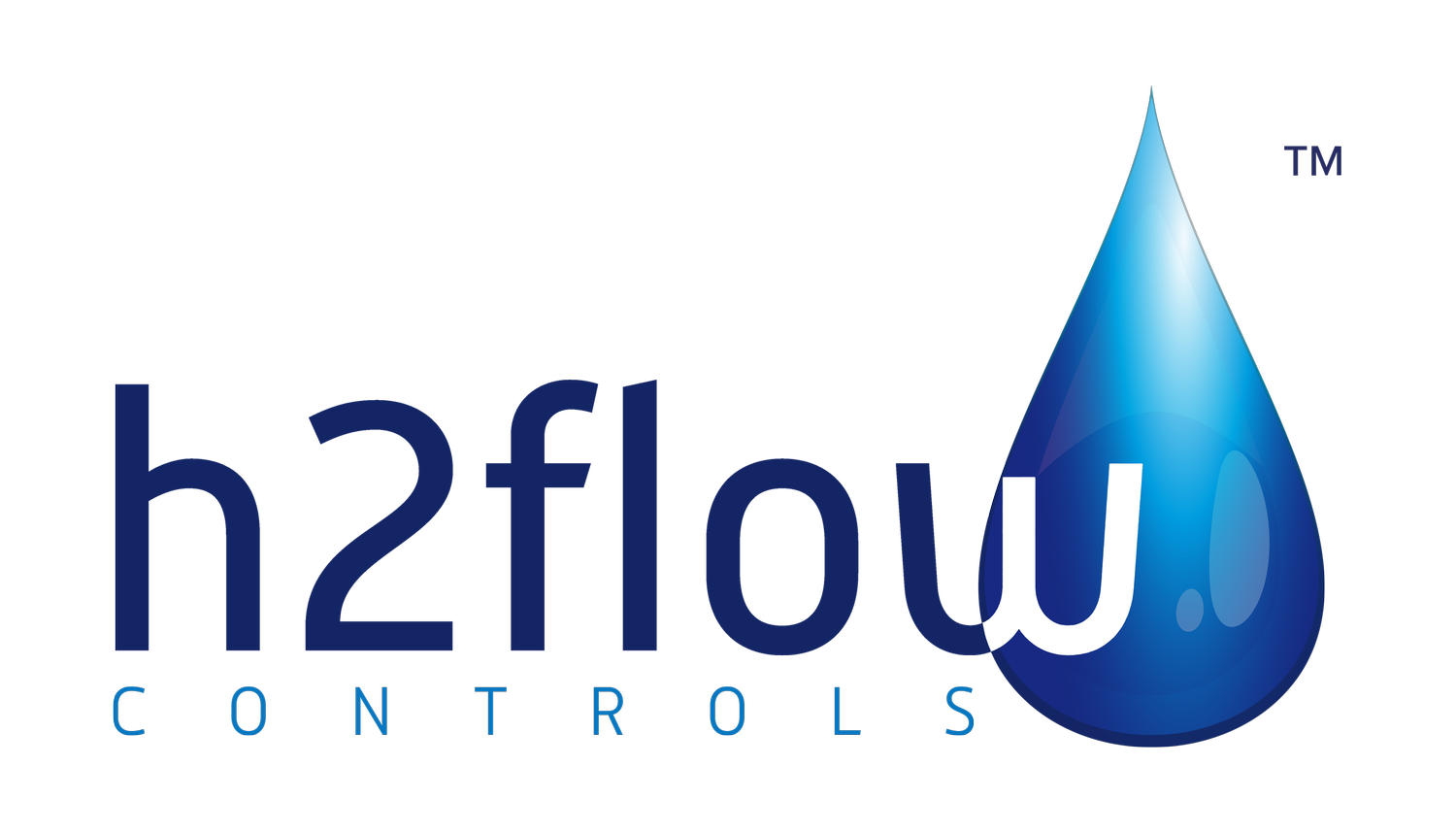Järvsö ski center uses Modbus to monitor pumping stations
Järvsö ski center in Järvsö, Sweden, takes advantage of Modbus TCP/IP and HTTP protocols to monitor and control Emotron AC Drives at a pumping station several miles away.
Vinterteknik Sundsvall AB in Sundsvall, Sweden, manufactures snow cannons, pumps controlled by variable-speed drives and irrigation systems for clients such as the Järvsö ski center. Järvsö recently needed to supply water to its cannons from a river and pumping station located 3 km away over difficult terrain, but control the pumps from the center. The station has two FDU AC Drives from Emotron that control two 250-kW motors and drive two pumps. Three more pumps at the control station boost pressure up to the cannons, and they're controlled by one FDU and two Emotron MSF Soft Starters. To avoid costly, dedicated cabling and likely signal attenuation, Emotron recommended secure, remote access via the Internet, which was possible because its AC Drives can communicate over industrial Ethernet. Because IP is non-deterministic, Emotion reports it uses the Internet mainly for logging and configuration, though it can also be used to control non-time-critical applications.
Nisse Olsson, Operations Manager at Järvsö Ski Center, uses a regular PC to monitor and control two internet-enabled Emotron AC Drives at a pumping station 3 km away via Modbus TCP/IP and HTTP. If needed, support technicians can access all parameters in the AC Drives remotely via the internet and a VPN tunnel.
“This solution allows remote configuration and fast, accurate control.”
- André Rowéus, Technical Specialist for Communication Solutions, Emotron AB
The AC Drives are equipped with Anybus CompactCom plug-in modules from HMS Industrial Networks, which communicate via Modbus TCP/IP and HTTP. This allows an integrated web server using HTTP to extract and present parameter information from the VSDs, and provide access to connected units via a web browser. Consequently, monitoring and control can be carried out from a PC with a VPN client without added software (Figure 2). To improve security, most communications between the pump station and ski center are on a regular PTSN telephone network via ADSL, but their DR-250 router from Westermo can automatically switch to wireless 3G as a backup.
While standard Ethernet occupies the enterprise, demilitarized zone (DMZ) and control levels, industrial Ethernet protocols such as ODVA’s CIP-based EtherNet/IP are connecting to many devices on plant floors and process applications via gateways, switches, I/O modules and other translating devices to access fieldbuses, wireless, 4-20 mA signals and their operating data.
"This solution allows remote configuration and fast, accurate control," says André Rowéus, technical specialist for communication solutions at Emotron. "It enables systems to exchange large amounts of information quickly, while also providing a user-friendly interface. User can analyze collected data, optimize processes, eliminate bottlenecks, locate and correct faults faster, and maintain a redundant network topology that improves safety."
Before achieving gains like these, however, it's crucial to know the applications and its requirements, according Jeff Lund, senior director of product line management for IoT at Belden. "You first need a solid understand of what you've got, and then you can determine what you need," says Lund. "So, what hardware, protocol, temperature, vibration, approvals, security, environment, wireless, form factor and other requirements do you have? It also resonates with users that it will likely be important to get double-pull tensile strength on cable. This is because, when you ask a plant manager how many hours their staff spends troubleshooting to find bad cable, their answer will most likely be measured in days."



